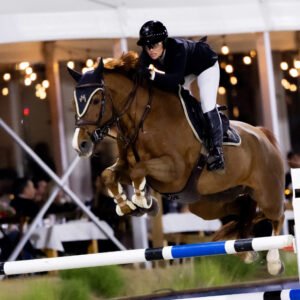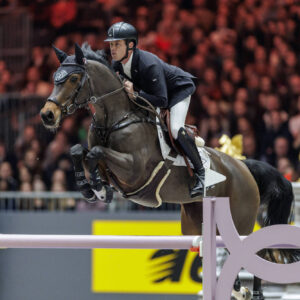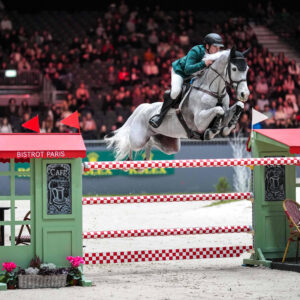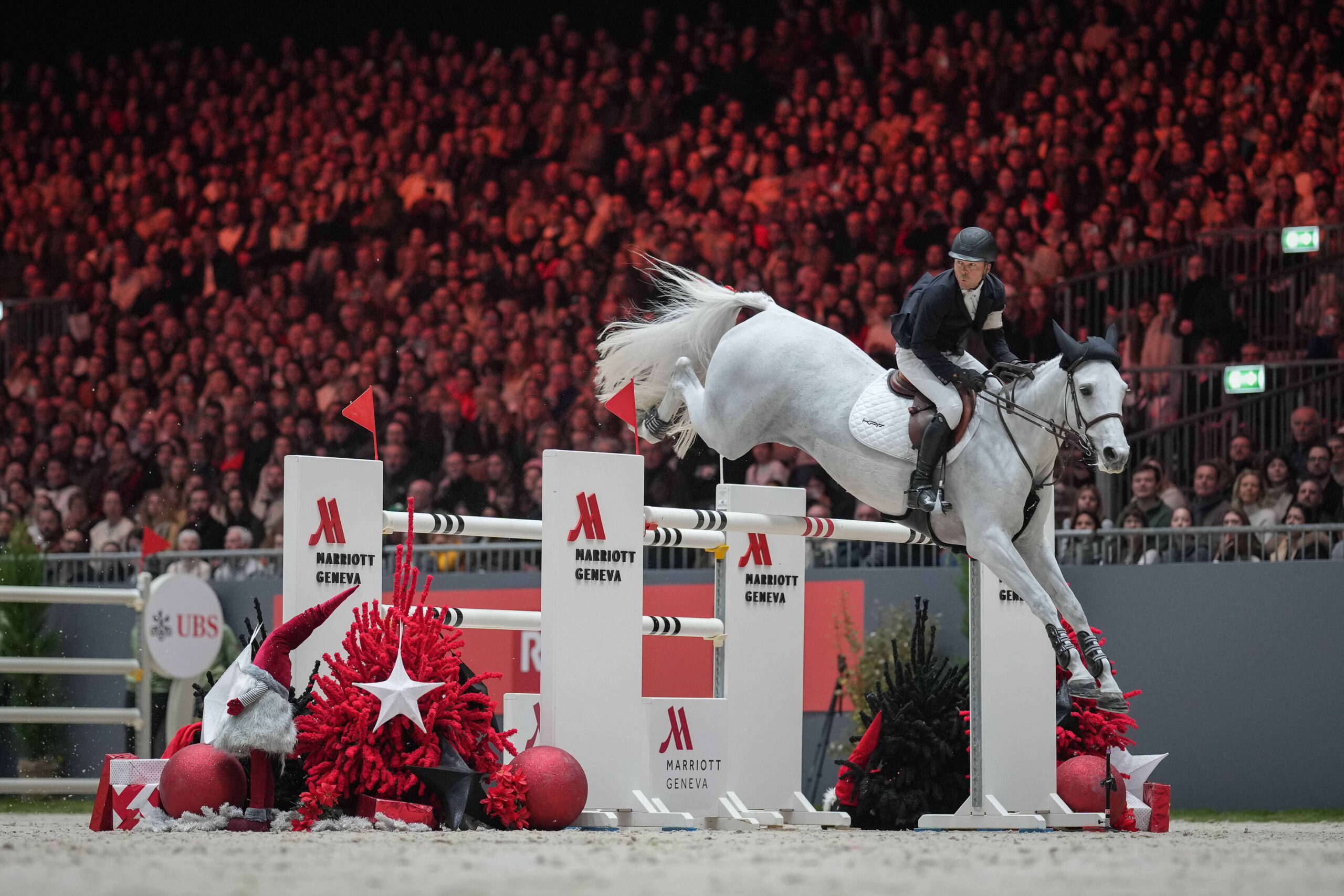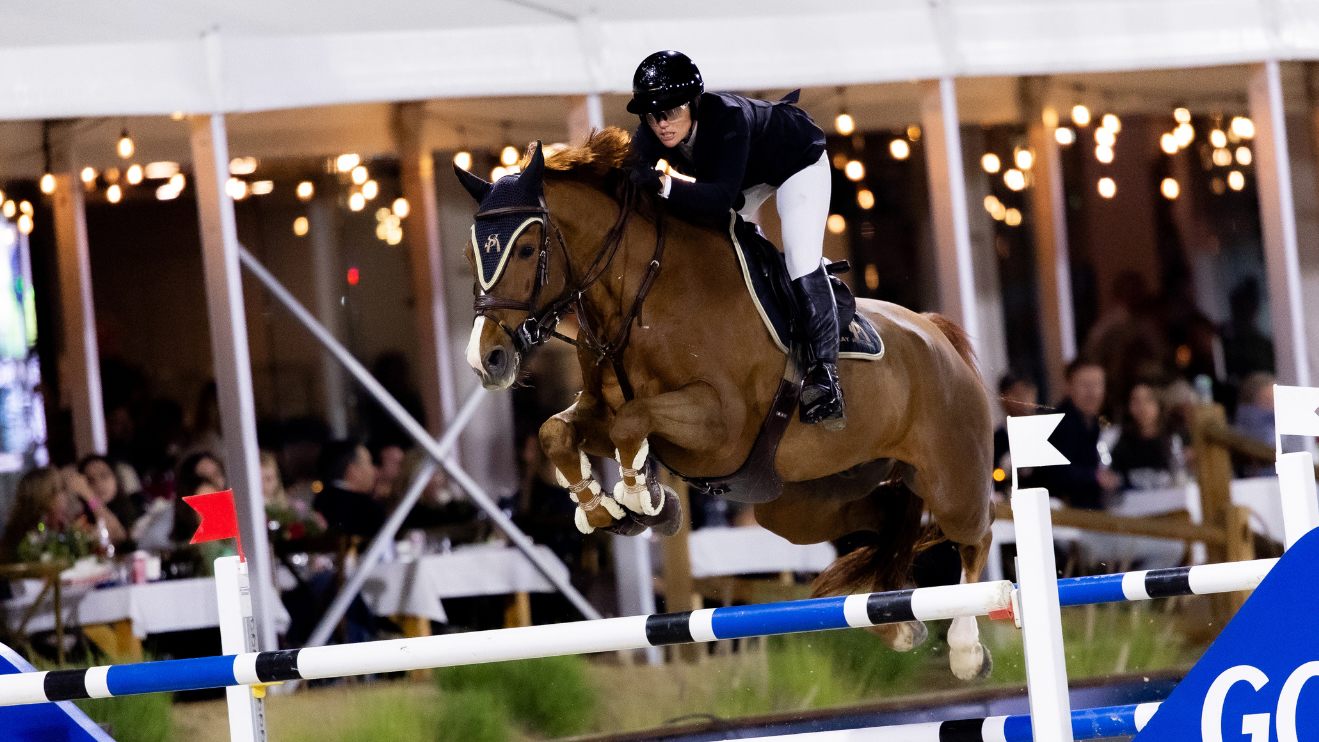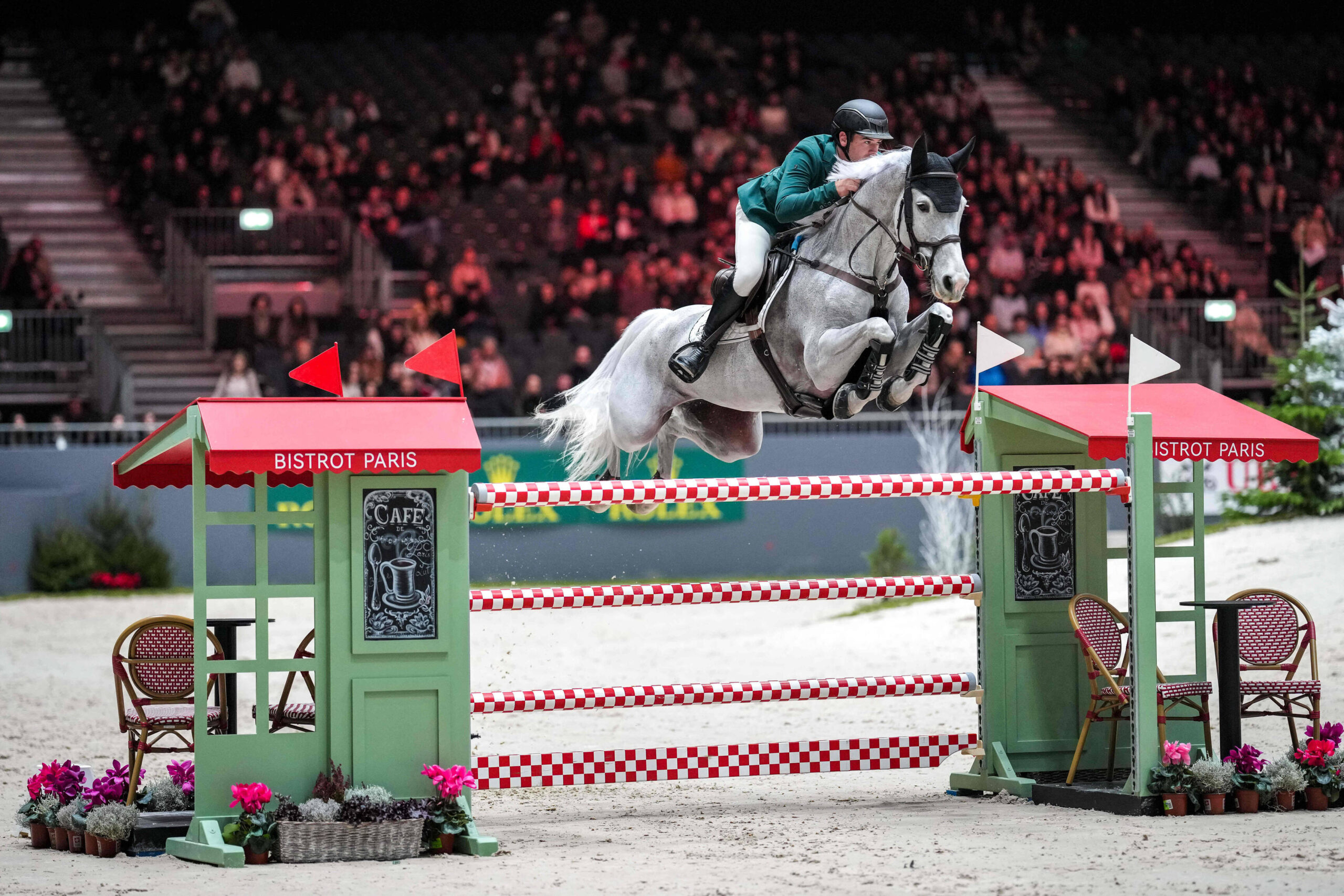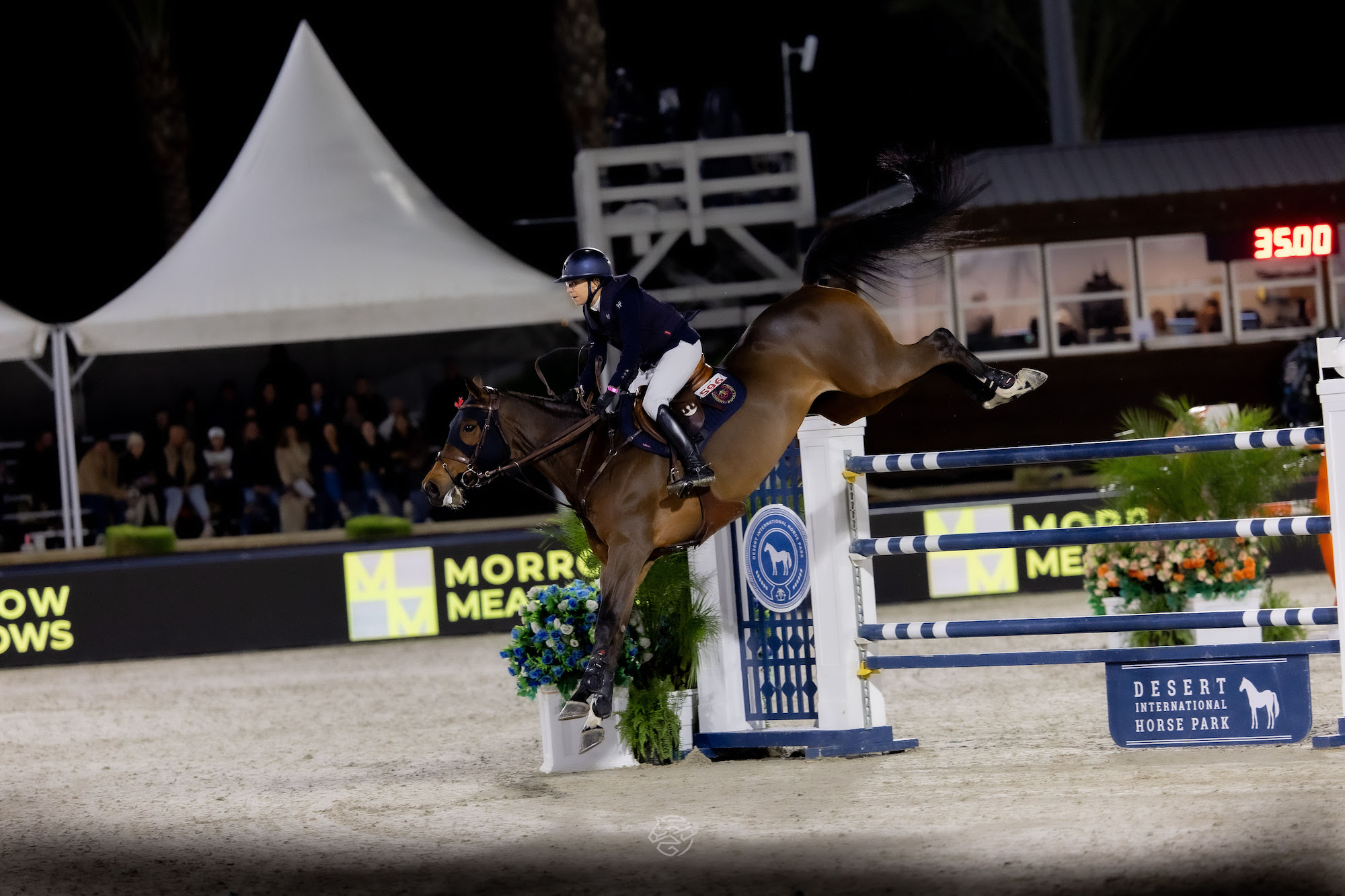We’ve all been there—on the horse who pokes his way around the warm-up ring, needs leg, leg, leg coming into the combination, or brings up the rear on every trail ride. None of us wants each and every ride to be a lower-body squeezefest, nor do we wish to do anything with our crop except maybe wave it at that annoying deerfly. In this excerpt from his book The Sport Horse Problem Solver, former international eventer Eric Smiley explains the essential quality of forwardness and how to prepare the horse to expect you to look for it in all that you do together.
***
Without the presence of the fundamental quality of forwardness in everything we do with horses, all our work is diminished.
The desire to move forward forms the basis of a nice riding horse and without it little can be done to correct flaws or sustain performance. Therefore, understanding what forward looks like, how it feels and manifests itself, is worth looking at.
The definition of “the horse taking you” is a simple one. Imagine how nice it would feel to go for a hack and not have to continually push the horse along, or to lead him in from the field and not have to drag him at the end of your lead rope but have him walk briskly beside you instead, showing enthusiasm to work and please. This is a good start to any day, regardless of whether we make it into the saddle or not. Having a horse that “goes” in the arena and allows the riding aids to become communication aids, that is a luxury.
There is much we can do to encourage this quality in horses, even if it isn’t present to begin with. This quality is about more than just generating momentum. Forward is a state of mind, one that begins not with the riding aids, but with building the right attitude in the horse from the start of our training. Most horses will conform to their surroundings, so it is our job to set the right tone and explain clearly how we want the relationship to work. It is a two-way relationship, and we should take care to ensure that our horse views us as a consistent, trustworthy partner.
It’s important that at each stage of a horse’s education, he is given the room to “let you in” before you ask for more. Doing this creates a strong connection between what he is learning “now” and what is coming “next.” As a rider and trainer, it becomes exciting for me when a horse almost anticipates the next move. This is a satisfying feeling because it indicates that we’re on the right path.
We set the tone for learning, for better or worse. If we don’t pay careful attention to detail, if we are willing to settle for partial answers, or half-hearted efforts, or if we rely on fear to secure obedience, these are qualities that are likely to be detected and mirrored by our horse. So how should we interact?
Every point of contact with the horse should be crisp, clear, and with the expectation of something happening, that the horse will reciprocate in the same manner. From leading him in from the field to asking him to move over when grooming, setting the right tone is vital. This doesn’t mean you have to be brusque or aggressive—it’s okay to be his friend and stop for a chat or a cuddle, but prescribe the style of interaction, set an agenda, and be a proactive partner. You will be surprised how this influences the attitude that your horse brings with him into your riding and training.
Every point of contact should also be of value. Each step should be consistent with what came before and what is still to come, and it should also confirm the message you are trying to convey. When the message is inconsistent, the horse is left with an uncertainty of what you want. Every part of your ride time should have a focus, something clear for the horse to grasp. Without clarity it is easy for him to get the wrong message and learn unwanted or unnecessary things.
Take a typical riding session, for example:
- Some people start with a casual hack or walk around the arena (supposedly to allow the horse to loosen up), which might take 10 minutes.
- Engaging the horse’s mind and body in the warm-up work (long and low or whatever) might take another 10 minutes.
- Teaching the horse a new task (which may or may not go well) might mean 10 minutes of good work and 10 minutes of bad work.
- Cooling down after work (or thinking about the next horse while talking on your phone) kills another 10 minutes.
Of the 50 minutes of riding time, there might have been 10 minutes of good work and 40 minutes of questionable value. What does the horse remember? What has had the most repetition? Certainly not the 10 minutes of good things.
When horses know that at every point of interaction with us they are expected to turn up and be attentive, they develop the engaged mindset we want. As they see a bridle appear they get ready. As soon as the rider sits in the saddle, the horse is already “at the office.” Every part of our ride time should develop and confirm a subject before moving on to the next topic. It should all be part of a progressive plan that the horse gets used to so he knows things will happen the same way the next time around. While his brain is busy being attentive to a step-by-step ride, we are warming up the body at the same time. The warm-up becomes part of the process.
There are aspects of this progressive work that are more intense than others. Relaxation times interspersed between intense times are needed. Quiet times to recover the focus are all part of being in “class,” at “work,” and “listening.” When we have finished it must be made very clear to the horse with, “We’re done, thank you.” We give him a loose rein and tell him he’s off duty. At each step we are consistent about how we let the horse know what is expected of him.

This excerpt from The Sport Horse Problem Solver by Eric Smiley is reprinted with permission from Trafalgar Square Books (www.HorseandRiderBooks.com).


 March 8, 2023
March 8, 2023 












